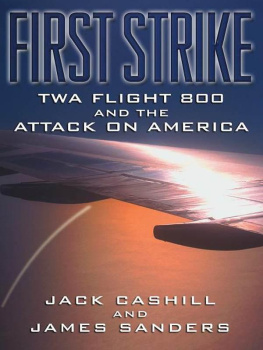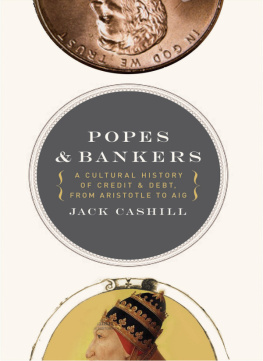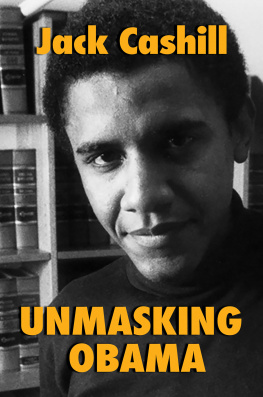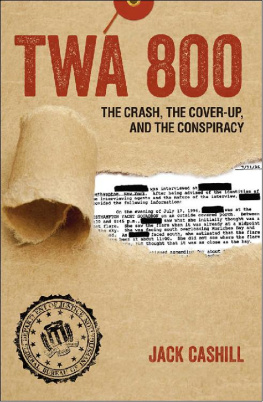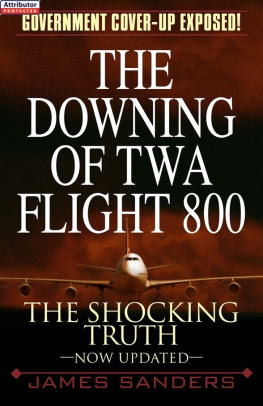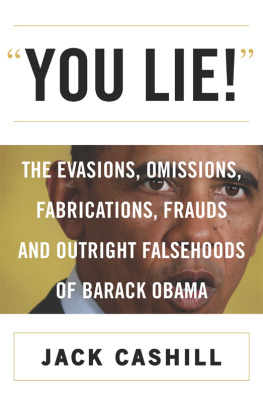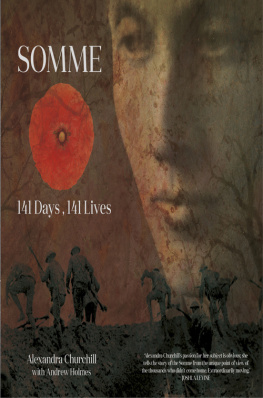
Dedicated to the memory of Commander William S. Donaldson
Copyright 2003 by Jack Cashill and James Sanders
All rights reserved. Written permission must be secured from the publisher to use or reproduce any part of this book, except for brief quotations in critical reviews or articles.
Published in Nashville, Tennessee, by Thomas Nelson, Inc.
Library of Congress Cataloging-in-Publication Data
Cashill, Jack.
First strike : TWA flight 800 and the attack on America / Jack Cashill and James Sanders.
p. cm.
ISBN 0-7852-6354-3 (hardcover)
1. TWA Flight 800 Crash, 1996. 2. Aircraft accidentsNew York (State)Long Island Region. 3. Aircraft accidentsNorth Atlantic Ocean. 4. Aircraft accidentsInvestigationUnited States. 5. Terrorism. I. Sanders, James. II. Title.
TL553.5 .C35 2002
363.12'465'0974721dc21
2002152717
Printed in the United States of America
03 04 05 06 07 BVG 5 4 3 2 1
CONTENTS
PREFACE
UNDERSTANDINGS
The case of TWA 800 served as a turning point because of Washingtons determination and to a great extent ability to suppress terrorist explanations and float mechanical failure theories. To avoid such suppression after future strikes, terrorism-sponsoring states would raise the ante so that the West cannot ignore them.
YOSSEF BODANSKY, DIRECTOR OF THE CONGRESSIONAL TASK FORCE ON TERRORISM AND UNCONVENTIONAL WARFARE, 1999
Perhaps on his deathbed former president Bill Clinton will tell Washington Post reporter Bob Woodward exactly what did transpire in those first few hours and days after TWA Flight 800 exploded off the coast of Long Island on July 17, 1996.
Perhaps in the interim someone of significance in the American military will come forward and tell what happened in those crucial seconds before the explosion and those crucial minutes afterwards. Perhaps, too, someone in the al-Qaida network will reveal what happened in the weeks and hours leading up to the tragic event.
But at this juncture, none of these possibilities seem likely. The task is left to us to tell the story of what happened on and after that fateful day without the help of the only people who truly know. We acknowledge that limitation from the outset.
This challenge is not unlike writing a book on the murder of Nicole Brown and Ron Goldman without the help of O. J. Simpson and the friends who abetted him. To make the challenge more daunting, imagine if Johnny Cochran and the defense team controlled all the evidence in the case and exploited a willing media, even a corrupt Justice Department, to condemn as a conspiracy theorist or worse anyone who dared to dissent. Imagine, too, that this condemnation turned to scorn and scorn to public ridicule after a jury of peers attested to Simpsons innocence.
In both cases, however, there is no denying the truth. The circumstantial evidence is overwhelming. The thrust of the story is irrefutable. The principals, even if they were willing, could only add or subtract details. Given the limitations, however, we will take great care throughout this book to distinguish what we know from what we believe. Conjecture will always be qualified.
We will leave the tales of heroic work at sea and tragedy at home to others. There is no denying the magnitude of either. The shame of it all is that the former was squandered and the latter exploited. We will reveal instead, as well as the evidence permits, how and why agents of the government transformed the most public destruction of an airliner in American historysecond only to the 9/11 terrorist attacksinto an unsolved mystery.
In her book on this case, Deadly Departure, CNN reporter Christine Negroni laments that advocates of a cover-up still do not accept that bungling, benign or otherwise, explains the contradictions and misdirection endemic in the investigation. We do not deny the bungling. If anything, it provided a fortunate screen for those who would subvert the search for truth. But in far too many instances the misdirection is purposeful, and we will show with a high degree of confidence where those misdirections occurred.
A second book that has proved useful is Associated Press reporter Patricia Miltons In the Blink of an Eye . According to Milton, the book resulted from the willingness of the FBI to open itself up to a journalist. It does not disappoint. The book reads like an FBI defense brief. In both books, high-level government agents open up to reporters because they know in advance that the reporters will not look beyond the obvious, will not even challenge the contradictions that stare them in the face.
Negroni and Milton each had major publishers for their TWA 800 books, big-time talk-show bookings, and respectful reviews in the New York Times. Like virtually all TWA 800 stories from the major media, these books hewed to the government line with a passion and pride that would make Edward R. Murrow squirm in his grave. Said the New York Times review in perfunctory praise of Miltons In the Blink of an Eye , it avoids the pitfalls of conspiracy mongering.
From the perspective of the major media, to seek the truth about the Clinton administration was to monger conspiracy. They would leave that unpleasant task to the alternative media and blind themselves to all evidence short of the DNA. Indeed, in their cynicism and passivity, it was they, Bill Clintons media friends, who undid his presidency. Had they ever shamed him into honoring his office, he might have become the president they once thought he could be.
CHAPTER 1
FIRST IMPRESSIONS
Only those who live by the sea know how mesmerizing the sea can be. For no easily explained reason, they watch it ceaselessly, observe every nuance, and share their observations with others who care as they do.
On Long Islands south shore, on a sweet summer eve like that of July 17, 1996, the temperature a perfect seventy-one degrees, the sky serene and fair, they would all be out watching. They would be watching from their boats, from the beaches, from the decks of their summer rentals. Not that they expected to see anything unusual. No, life in America that summer appeared as soft as the evening itself, as soft and stressless perhaps as it had ever been before or ever would be again.
The fact is, President Clinton had told Americas governors just the day before, our economy is now the soundest its been in a generation. The American people did not seem to begrudge him his bragging rights. A poll that same week showed him leading the Republicans aging warrior, Bob Dole, by a staggering twenty percentage points. Barring the unforeseen, indeed the catastrophic, Clinton would cakewalk to reelection in November.
To be sure, there was some trouble around the world, but not enough to disturb anyones summer, contained as it was in places few in America cared much aboutthe Balkans, the Middle East, Africa, Russia.
Closer to home, Islamic terrorist Ramzi Yousef was standing trial in New York for his role in the Bojinka plot, an attempt to blow up eleven American airliners in one day over the Pacific. To most observers, however, the plot seemed fanciful, preposterous even. One element of Bojinkathe transformation of a small plane into a flying bomb to attack American targetsborrowed a page from Yousef s most notorious crime: the truck bombing of the World Trade Center in 1993. He would soon enough stand trial for that outrage as well.
Of more immediate concern was the terrorist bombing of Khobar Towers, an American barracks in Saudi Arabia. That attack, just three weeks earlier, had killed nineteen American servicemen. The president had responded with tough talk. The cowards who committed this murderous act must not go unpunished, he declared. Let me say again: We will pursue this. America takes care of our own. Those who did it must not go unpunished. Words would suffice. Besides, Saudi Arabia was eight time zones away. And New Yorkers had a hard time worrying about events in New Jersey, let alone in the Middle East, especially with the Yankees heating up, the Atlanta Olympics around the corner, and a sweet summer night like this one at hand.
Next page
